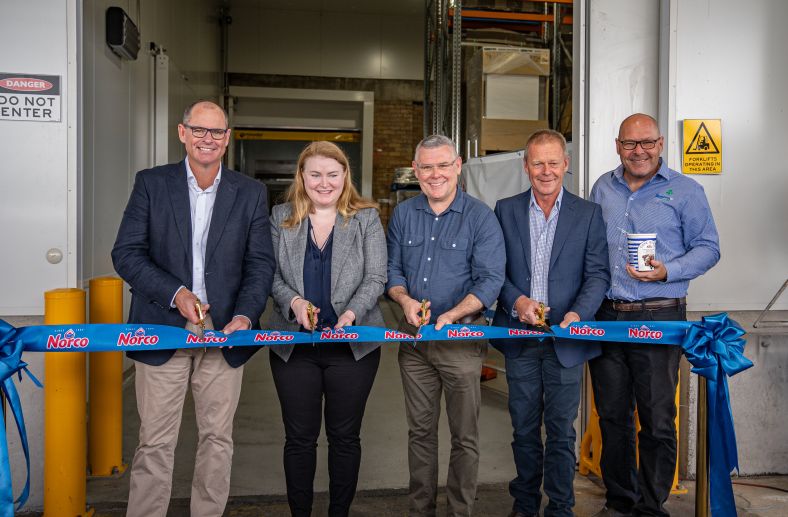The Greens marked the International Day of Solidarity with the Palestinian People by taking two actions in the Parliament. First, by tabling a petition supported by over 35,000 members of the public calling on the Albanese Government to stop fueling violence by exporting military equipment to Israel, and second calling for a permanent ceasefire to stop the killing of civilians.
Over recent weeks, the State of Israel’s attacks on Gaza have killed thousands of innocent civilians and destroyed hospitals, schools and places of worship. Legal scholars around the world recognise these actions as amounting to collective punishment and war crimes.
While the conflict rages, the Albanese Government has refused to provide the Australian public with clear information on what military equipment has been exported to Israel from Australia and used in this brutal war.
According to figures from the Department of Foreign Affairs and Trade, between 2017-2022, Australia directly exported to Israel over $13 million in “arms and ammunition.” This will likely be only a small amount of the equipment contained within the 350 military export permits between Australia and Israel over the past five years.
Senator David Shoebridge, Greens Defence Spokesperson, said:
“The Government knows exactly what military equipment we sell and what countries we sell it to, but refuses to be honest and transparent with the public.
“We are calling on the Government to provide essential information on military exports, which is the standard practice in countries like the US. This information is needed to ensure military equipment is not exported to countries actively involved in human rights abuses.
“There is clear evidence of Australia providing weapons and military equipment to Israel over the past five years, whether that is the millions of dollars in exports of arms and ammunition reported through DFAT, or the 350 military export permits since 2017.
“Australia must not be complicit in war crimes and the Government must immediately cease all military exports to the State of Israel,” Senator Shoebridge said.
Senator Jordon Steele-John, Greens Foreign Affairs Spokesperson said:
“What we need right now is a ceasefire, not the continuing proliferation of arms in a conflict that has already taken the lives of over 15,000 people.”
“The goal must always be a just and lasting peace for Palestinians and Israelis and to do that we must seek to stop the senseless cycle of violence. That means ending the State of Israel’s illegal occupation of the Palestinian territories, an end to the crime of apartheid currently being committed on the Palestinian population, and the release of all hostages and political prisoners.
“The Greens condemn the war crimes of Hamas and the State of Israel and will continue to seek a peaceful and diplomatic outcome because the violence on October 7 and the atrocities in Gaza have no place in our society and push a just and lasting peace further out of reach.
“Today, the International Day for Solidarity with the Palestinian people, we must remember that Palestinian people have the fundamental right to self-determination,” Senator Steele-John said.


 Newcastle Lord Mayor Nuatali Nelmes was pleased to see the main construction works progressing, bringing the community another step closer to a world class space for education and enjoyment of the arts.
Newcastle Lord Mayor Nuatali Nelmes was pleased to see the main construction works progressing, bringing the community another step closer to a world class space for education and enjoyment of the arts.